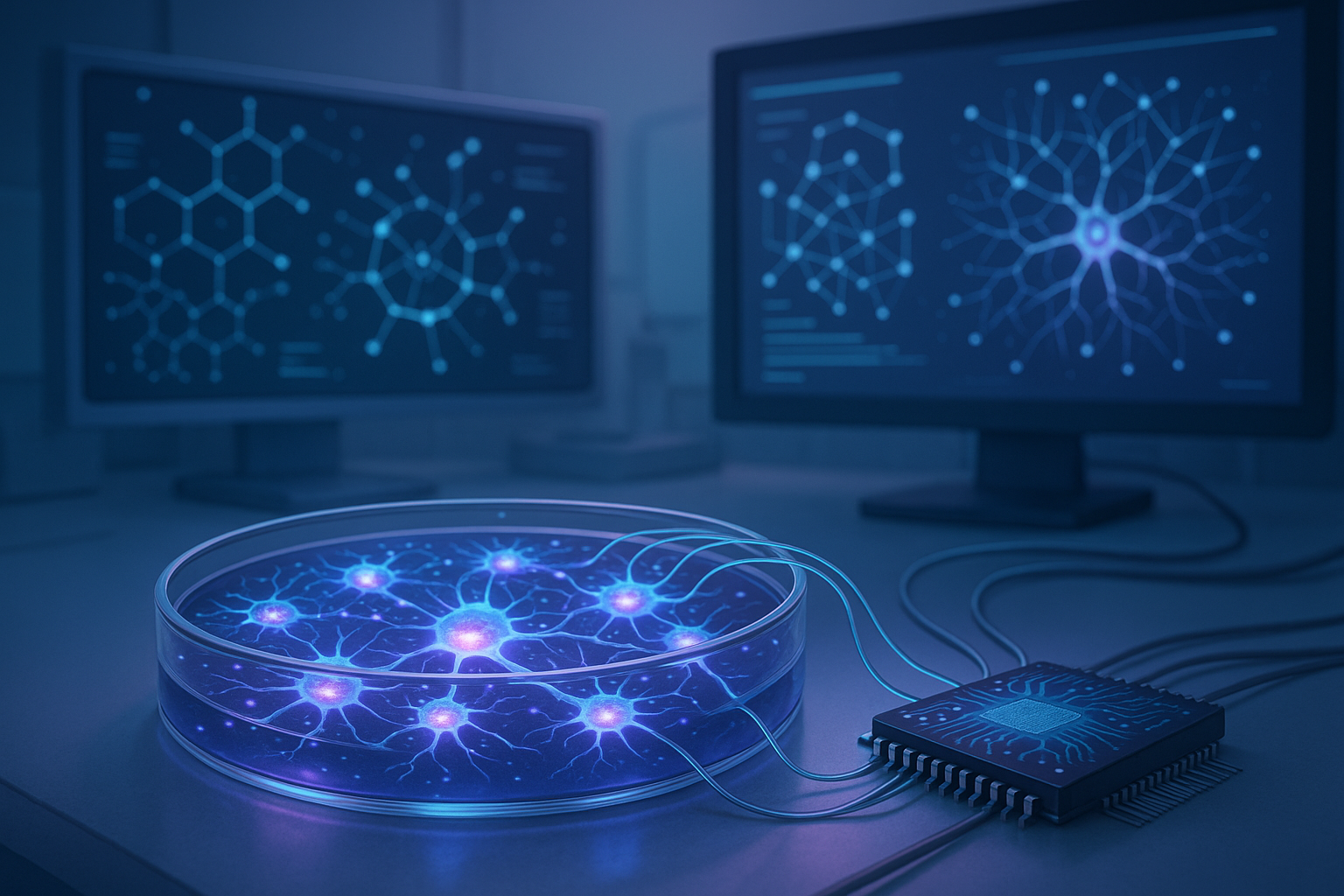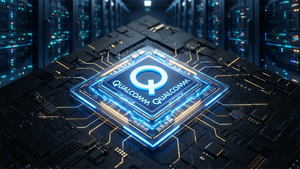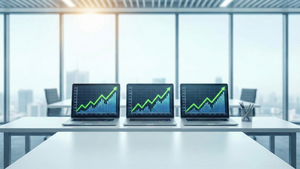
In the rapidly evolving world of technology, a groundbreaking frontier is emerging that could redefine the very nature of computation: biocomputers. Unlike traditional computers built from silicon-based microchips, biocomputers harness the remarkable processing power of biological systems—often using living cells, DNA molecules, or even entire organisms as computational platforms. This convergence of biology and information technology is opening up possibilities once confined to the realm of science fiction, promising to reshape industries from healthcare and pharmaceuticals to artificial intelligence and finance.
What Are Biocomputers?
Biocomputers refer to any computing device that uses biological molecules or systems to perform computational tasks. The most established forms of biocomputing involve DNA computing, where strands of DNA are manipulated to solve complex mathematical problems. Other biocomputing models use living cells—such as bacteria, yeast, or human neurons—to process data, make decisions, or store information. These biological systems operate with unparalleled parallelism, energy efficiency, and adaptability, far exceeding the capabilities of conventional silicon chips for certain types of problems.
Why the Hype Now?
Several factors have converged to propel biocomputers into the spotlight. Advances in synthetic biology, gene editing (like CRISPR), and microfluidics have made it possible to program living cells with increasing precision. At the same time, the limitations of Moore’s Law—the observation that the number of transistors on a chip doubles every two years—have driven researchers to look for fundamentally new architectures beyond traditional silicon.
Furthermore, artificial intelligence and machine learning require enormous computational resources. Biocomputers offer a potential leap in processing efficiency for tasks such as pattern recognition, optimization, and drug discovery. For example, instead of using brute-force methods to simulate millions of chemical reactions, biocomputers could perform these calculations in parallel using engineered cells, drastically reducing both time and energy consumption.
The Race for Biocomputing Supremacy
Leading the charge in biocomputer development are a blend of academic labs, private biotech startups, and large publicly traded companies. Among the most prominent is International Business Machines Corporation (NYSE: IBM), which has invested heavily in computational biology and quantum-inspired approaches to next-generation computing. Meanwhile, smaller biotech firms—some publicly traded and others still private—are pioneering platforms that use neural tissue or living bacteria to perform calculations.
A notable example is Recursion Pharmaceuticals (NASDAQ: RXRX), a company specializing in AI-driven drug discovery. While not strictly a “biocomputer” developer, Recursion’s integration of biological data and computation highlights the commercial potential of bio-driven computing approaches. Startups such as Cortical Labs, which is developing neuron-based processors, have also attracted interest from venture capital and technology giants, aiming to blur the boundary between living intelligence and machine computation.
Potential Applications and Market Impact
The potential applications of biocomputers span across industries:
- Healthcare & Drug Discovery: Biocomputers could accelerate the search for new therapies by modeling disease pathways and screening drug candidates with living tissue, potentially cutting years and billions of dollars off traditional R&D timelines.
- Artificial Intelligence: Neural tissue-based processors may one day surpass traditional silicon AI chips in learning speed, adaptability, and energy efficiency, creating “living AI” platforms that continuously evolve.
- Data Storage: DNA-based data storage could eventually replace hard drives for archiving vast amounts of data, as a single gram of DNA can theoretically store over 200 petabytes.
- Finance & Logistics: Ultra-efficient optimization algorithms performed by biological processors could revolutionize portfolio management, supply chain logistics, and other industries that depend on complex computations.
The global biocomputer market is still in its infancy, with commercial products expected to emerge gradually over the next decade. However, investment interest is surging, as both institutional and retail investors seek exposure to this “next big thing.” Analysts warn, however, that technical and ethical challenges remain, including stability, scalability, reproducibility, and the need for robust regulatory oversight.
Risks and Challenges Ahead
While the promise of biocomputers is vast, the sector faces significant hurdles. Engineering living systems for reliable, repeatable computation is an immense technical challenge. Biological components are susceptible to mutation, contamination, and degradation, making long-term stability a key concern. Furthermore, the integration of living systems with existing digital infrastructure poses questions around compatibility, scalability, and cybersecurity.
Ethical considerations also loom large. The use of living tissue in computing raises questions about sentience, rights, and the potential for unintended consequences. Regulatory bodies are just beginning to grapple with how to oversee and standardize this new paradigm of technology.
Investor Outlook
For forward-looking investors, biocomputers represent a high-risk, high-reward opportunity. Early-stage startups and established companies alike are racing to secure intellectual property and develop scalable platforms. As with previous technological revolutions, the winners are likely to be those who can bridge the gap between groundbreaking science and practical, market-ready solutions.
For now, exposure to the sector can be found through companies like International Business Machines Corporation (NYSE: IBM) and Recursion Pharmaceuticals (NASDAQ: RXRX), both of which are positioned at the intersection of biology and computation. Investors should approach the space with caution, recognizing both its transformative potential and its unproven nature.
Disclaimer:
This article is for informational purposes only and does not constitute investment advice. Please conduct your own research or consult a financial advisor before making investment decisions. The information presented may not reflect the most current developments in the biocomputing sector.

















